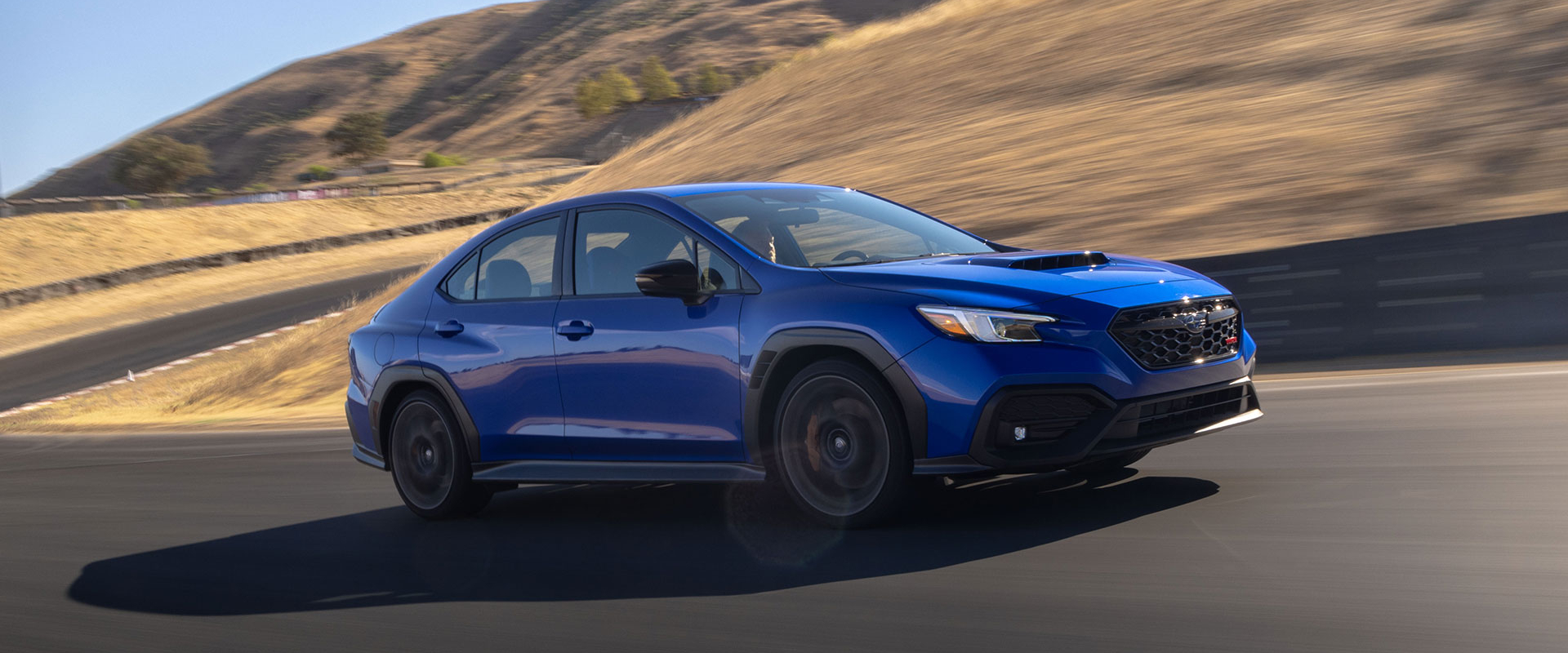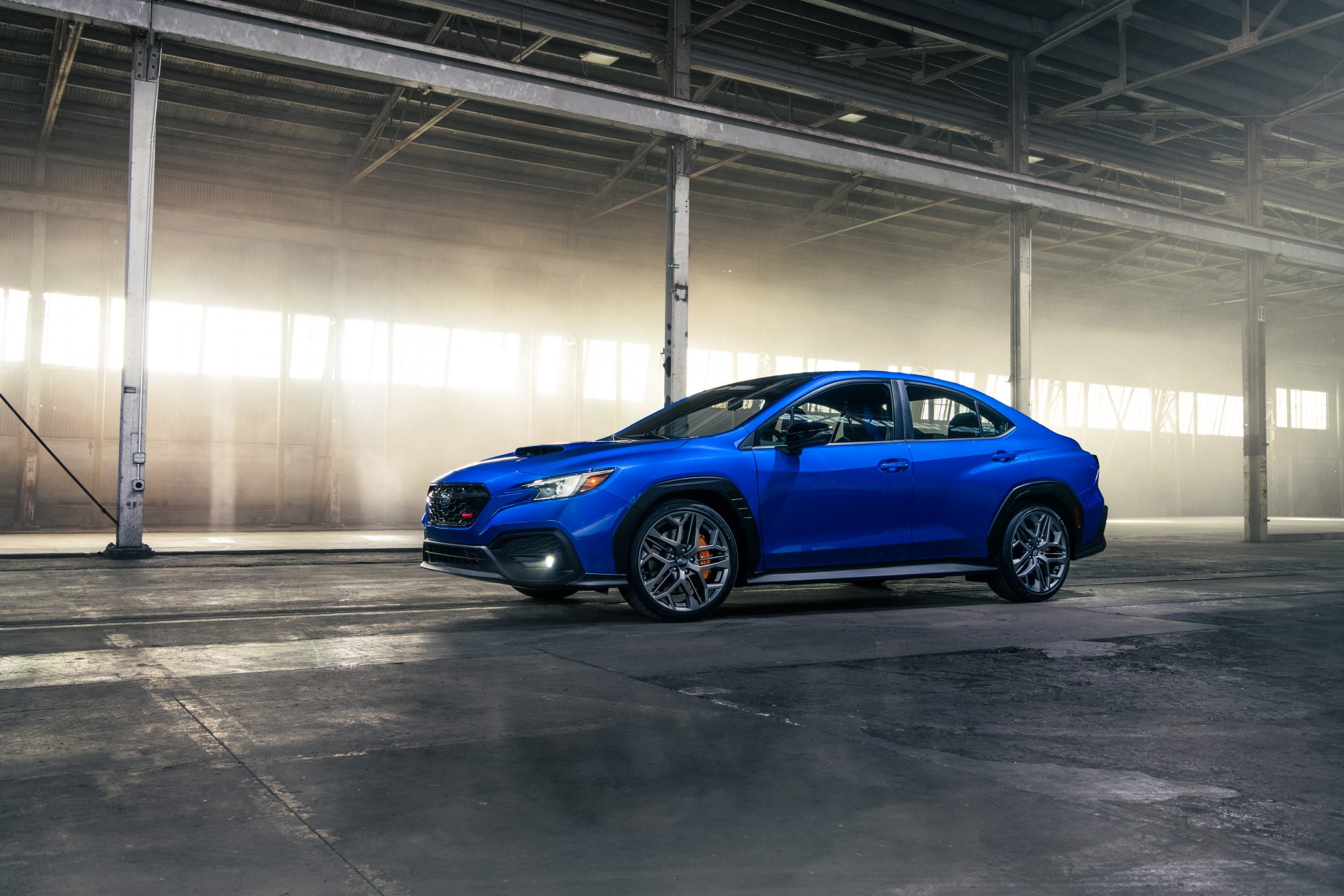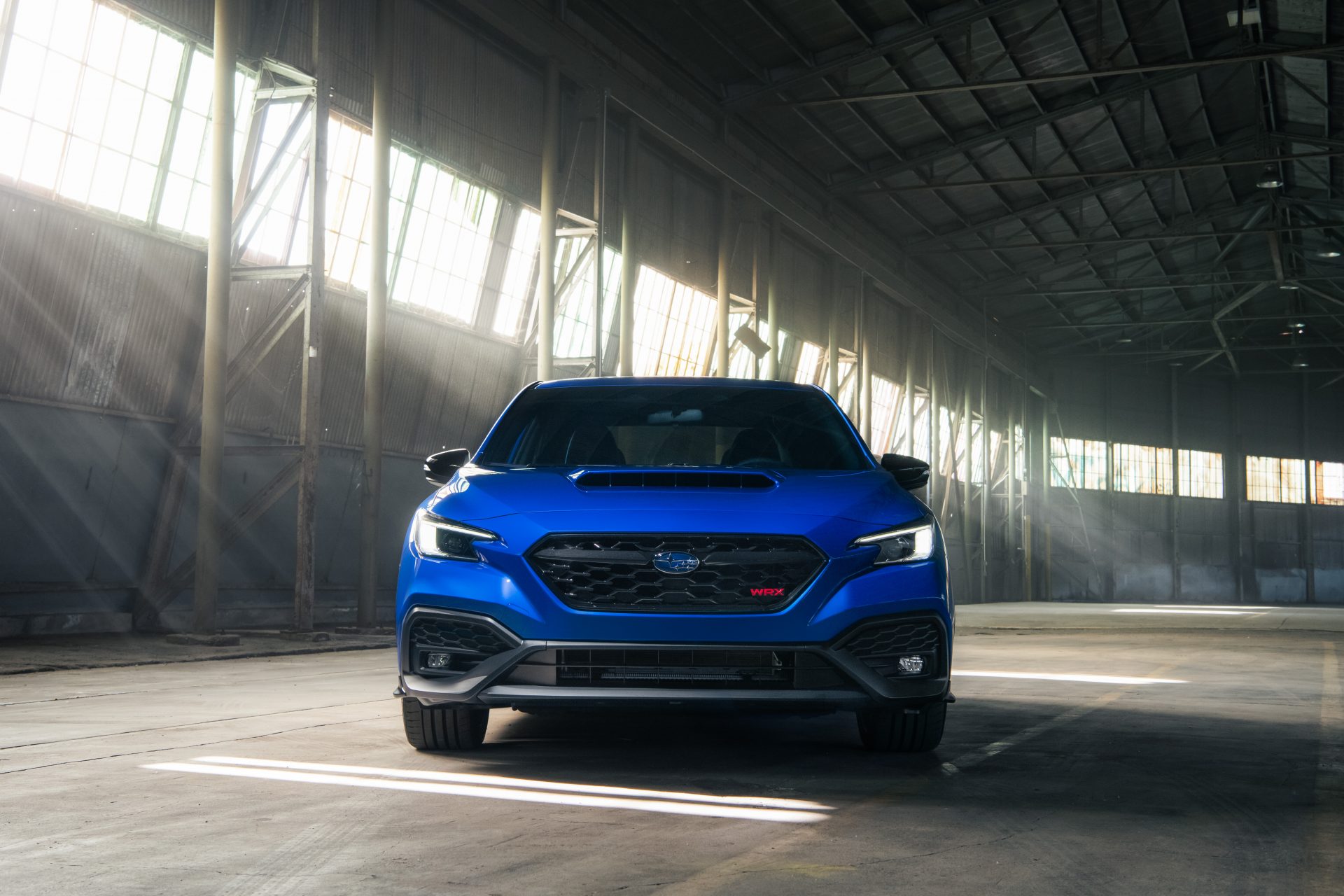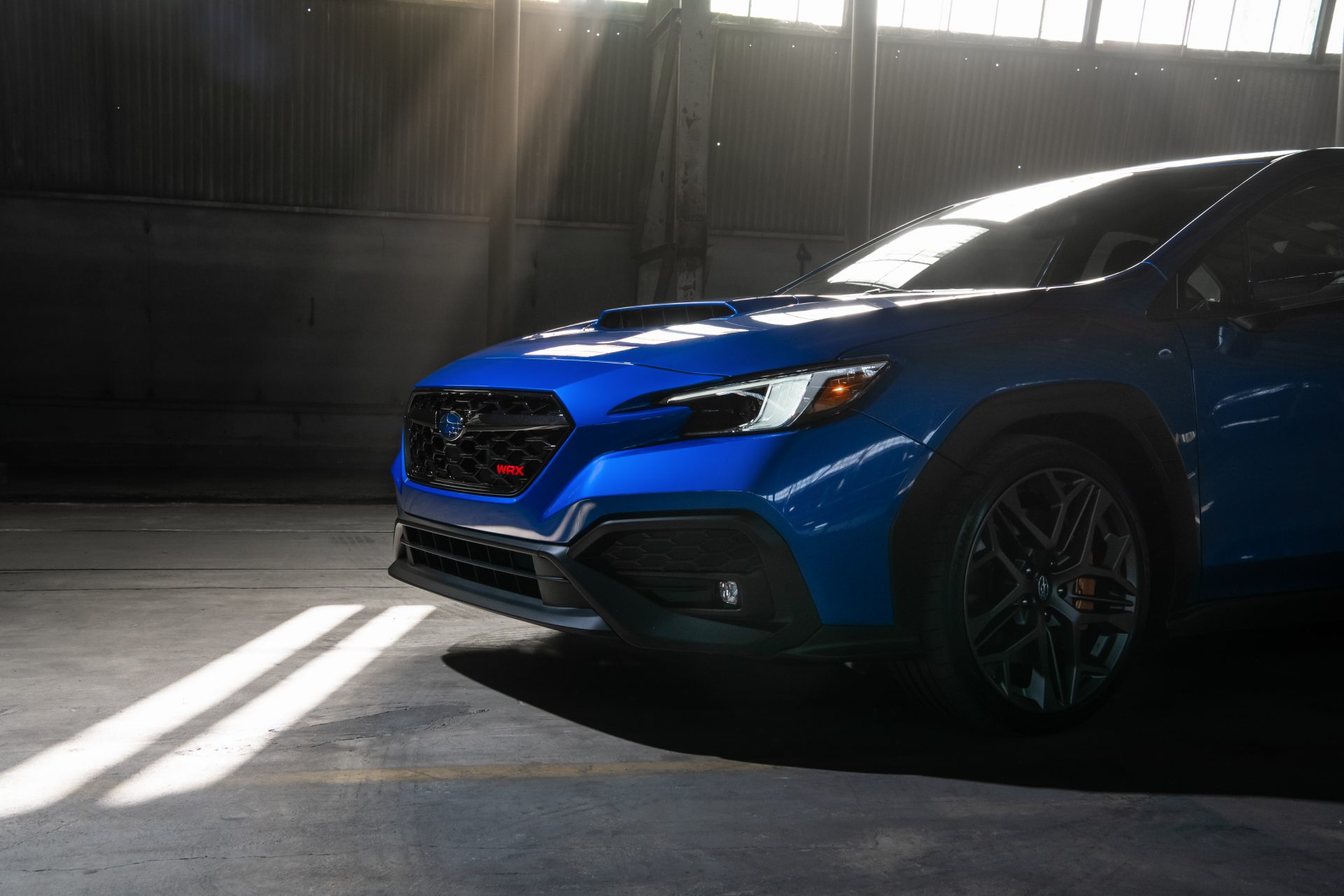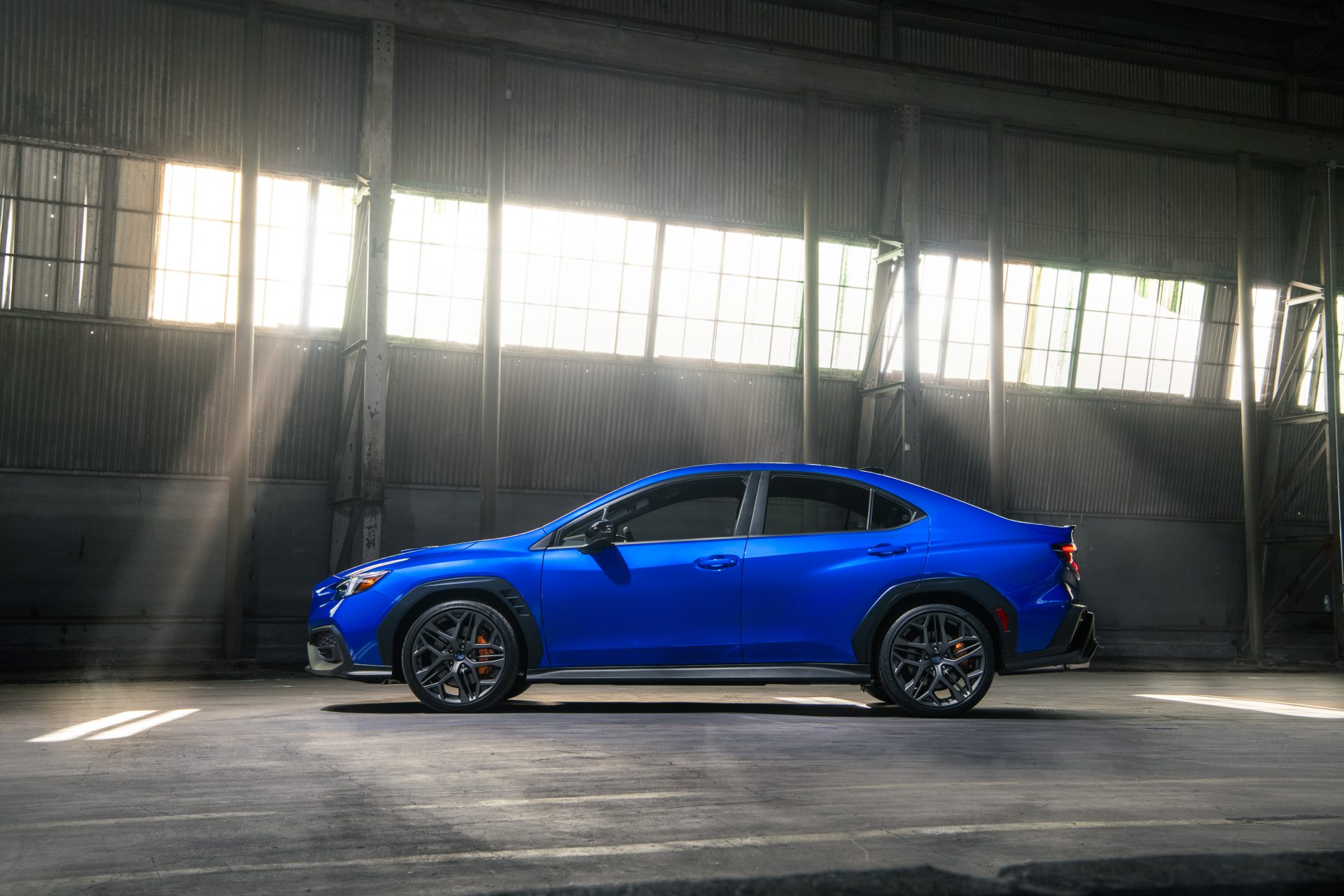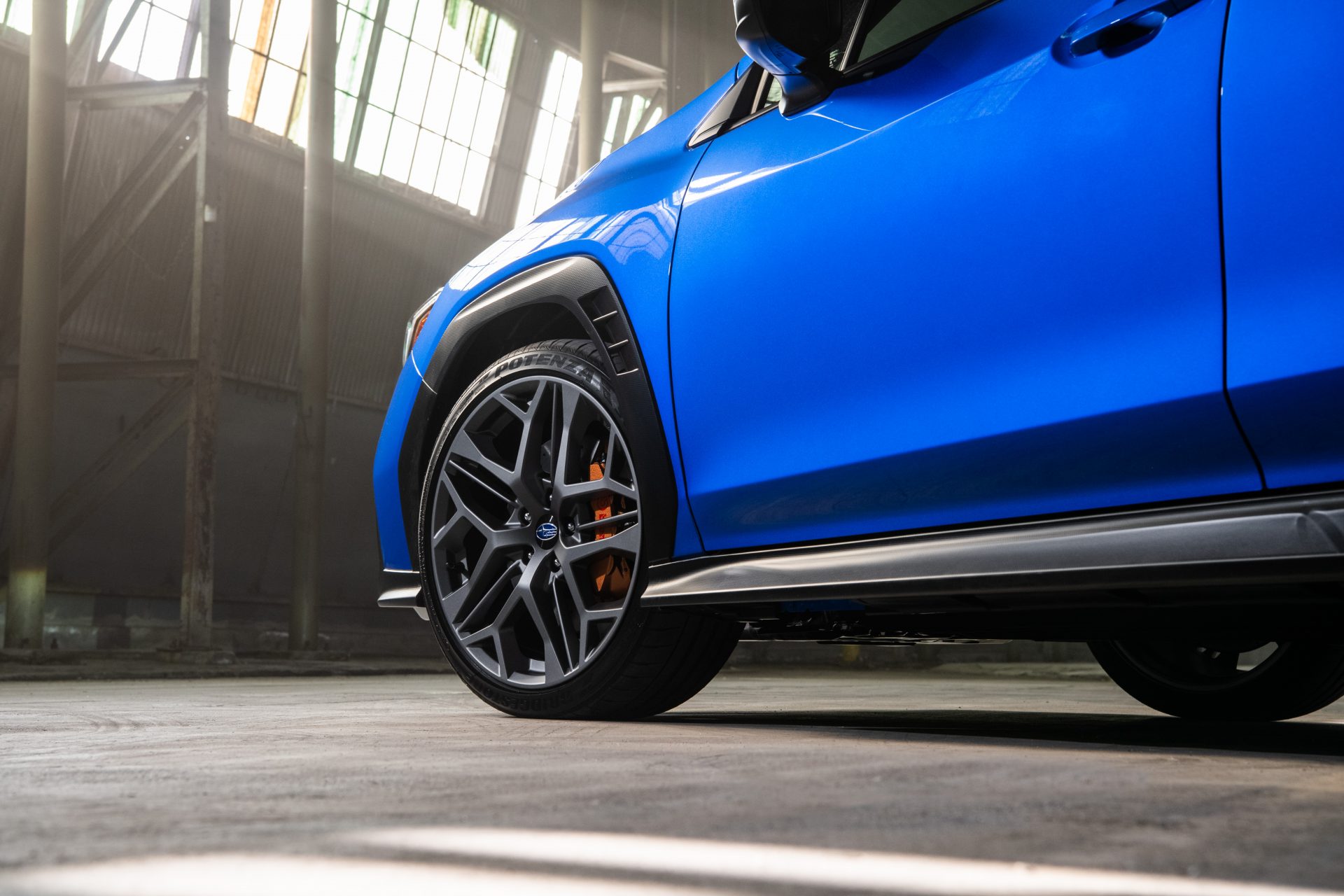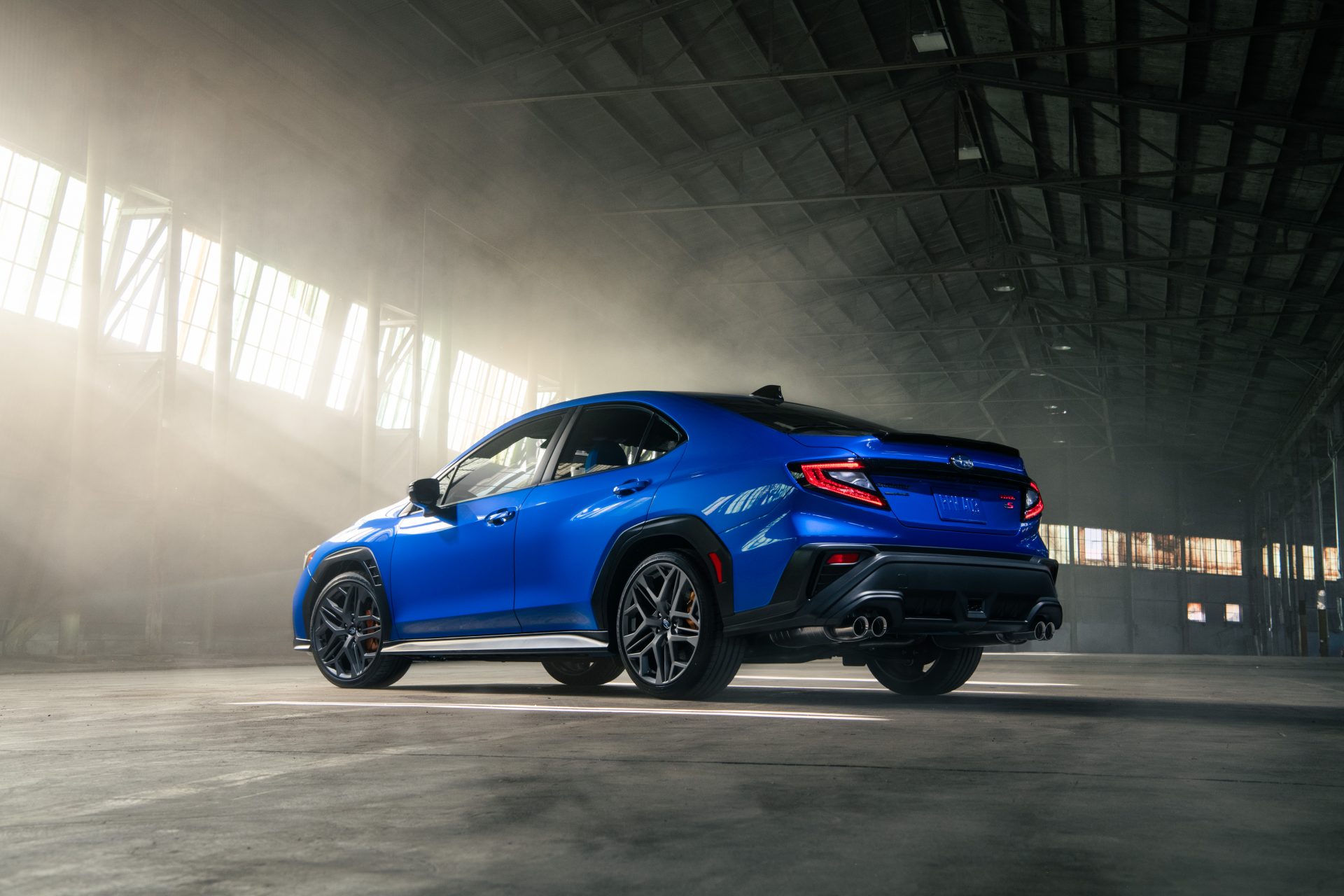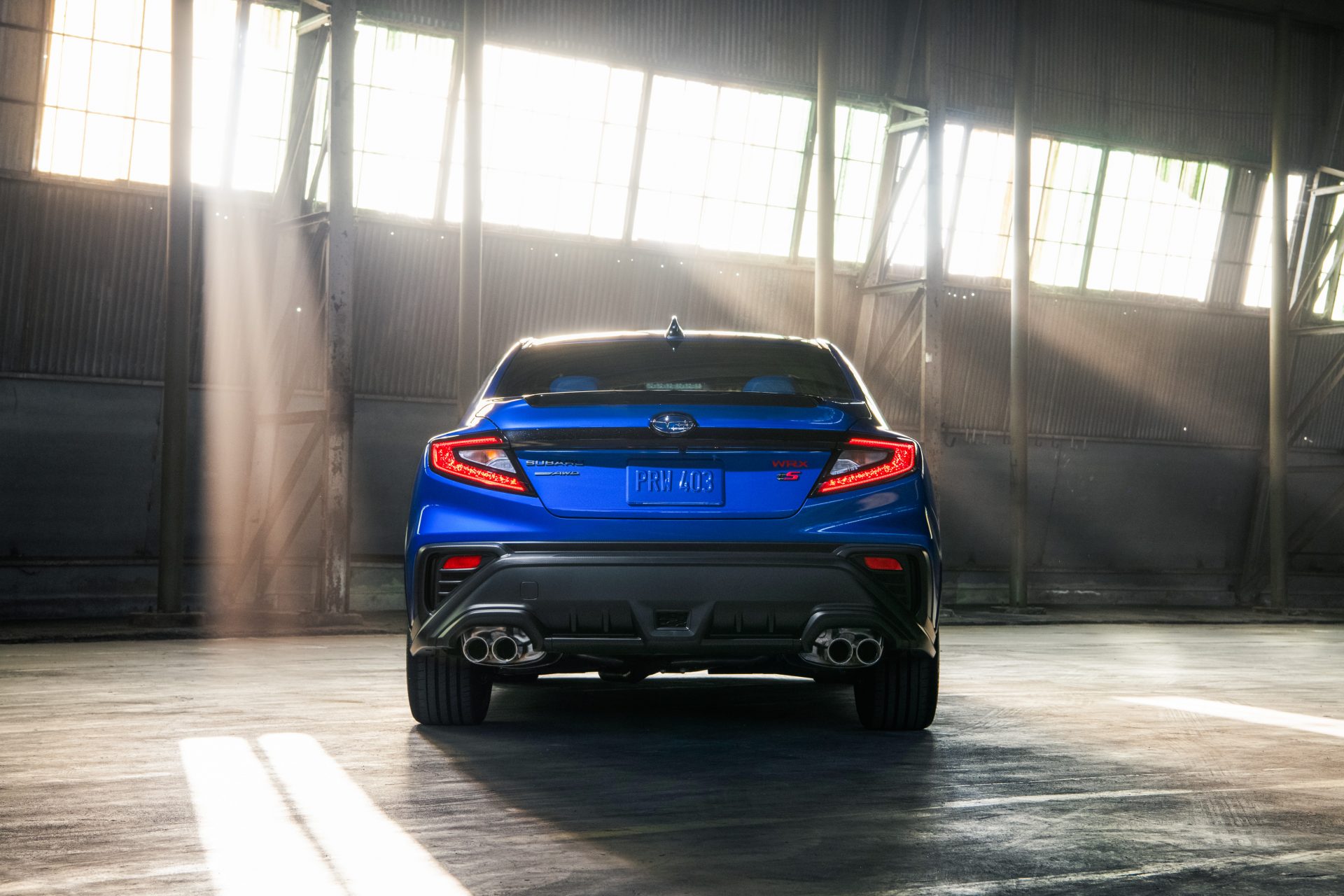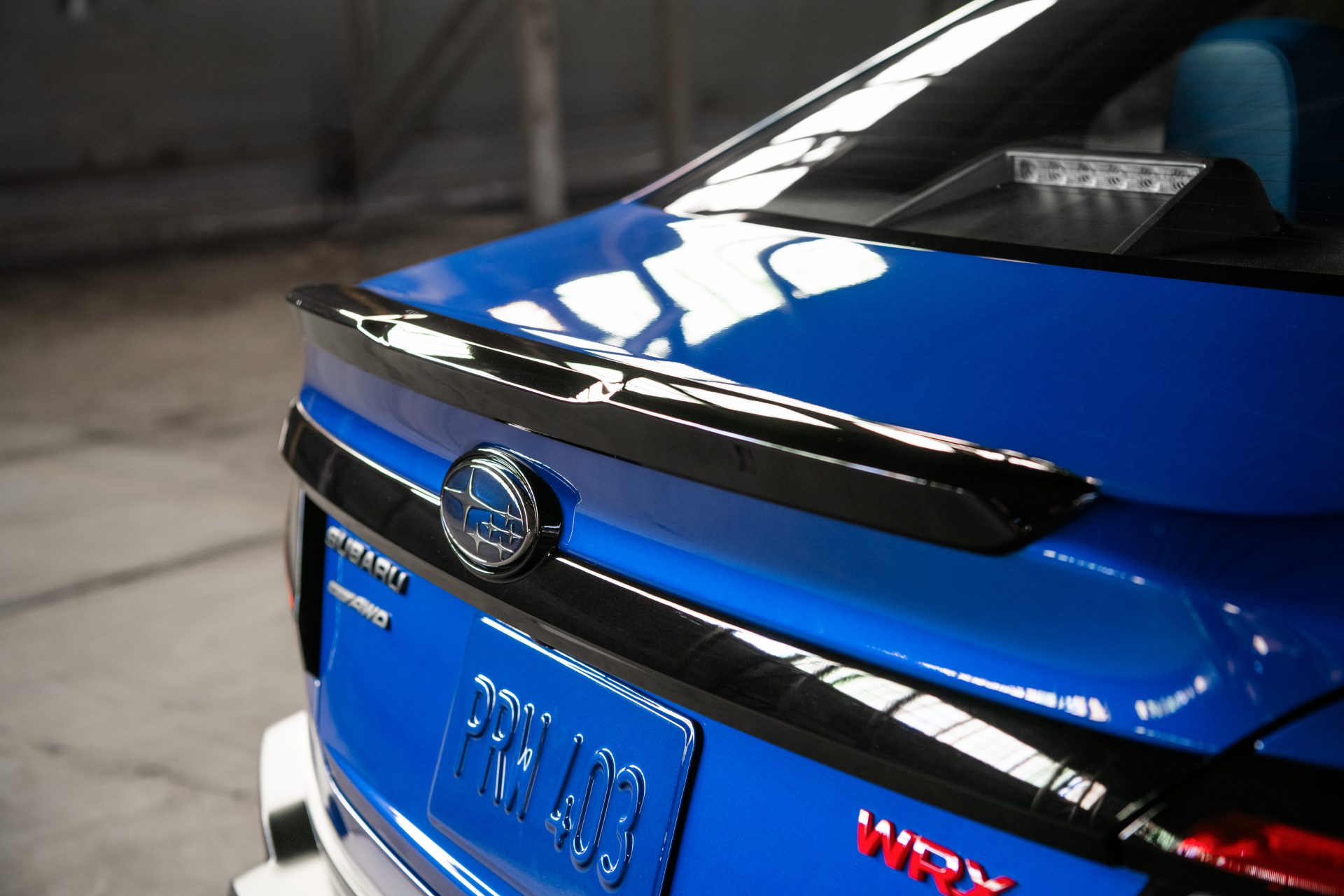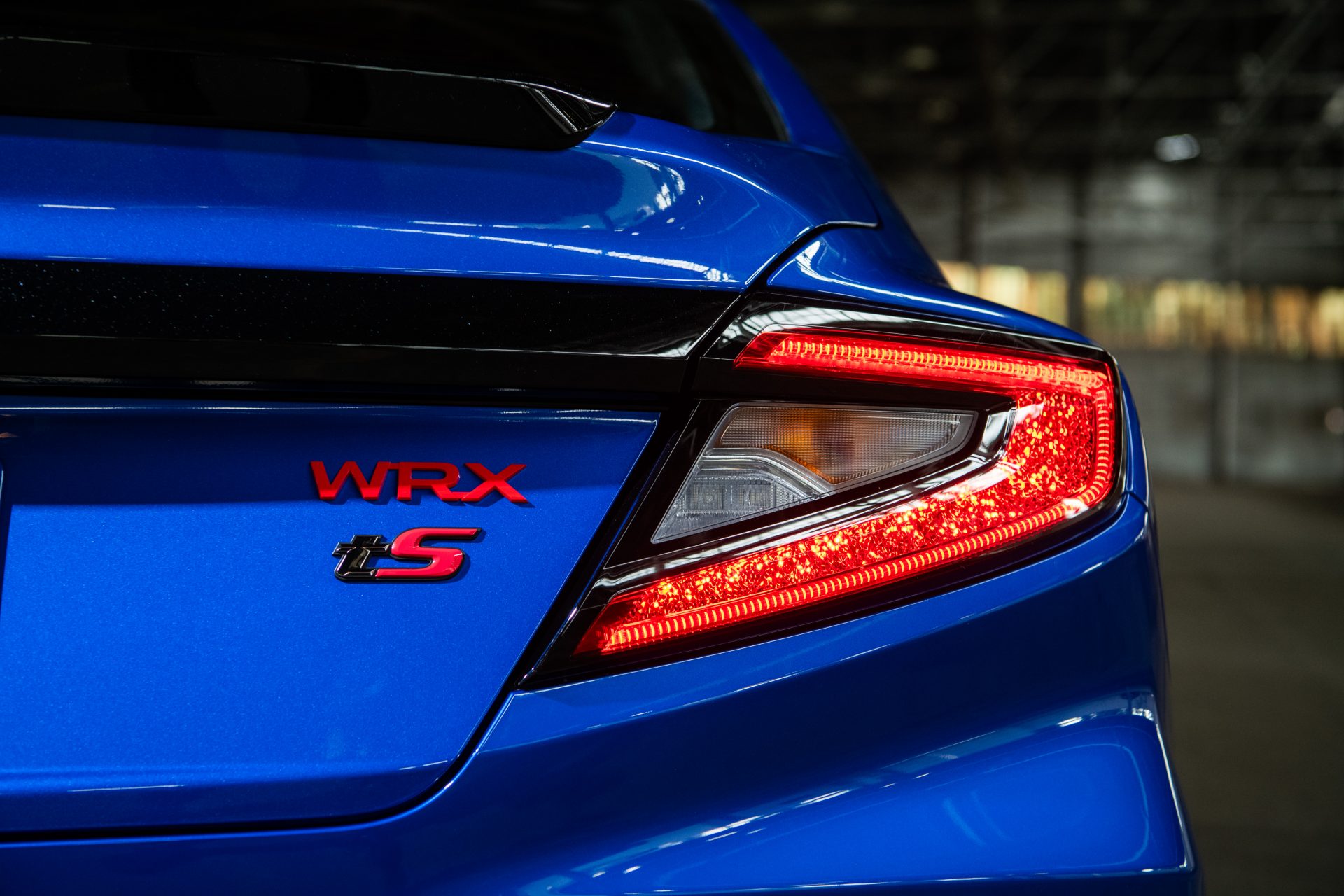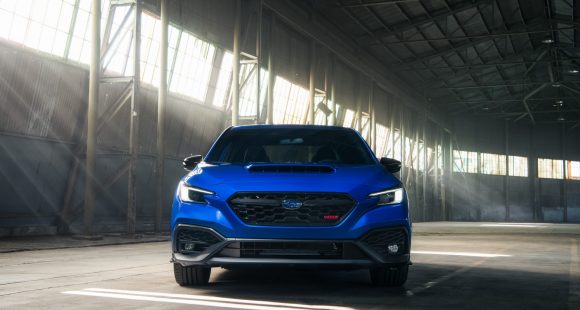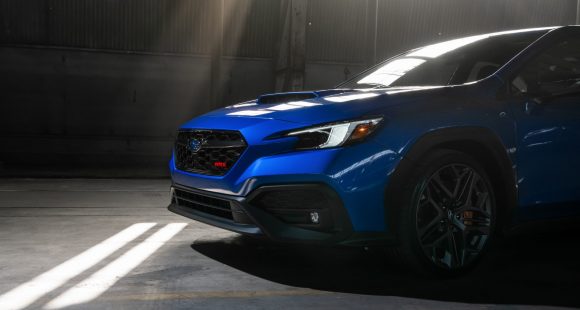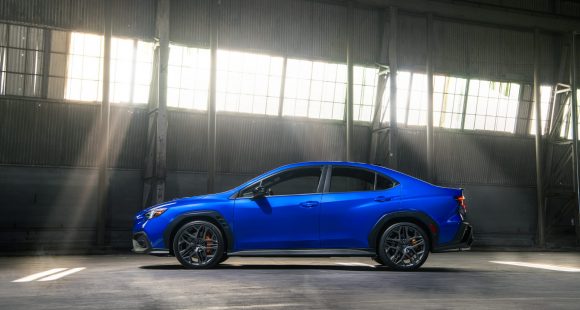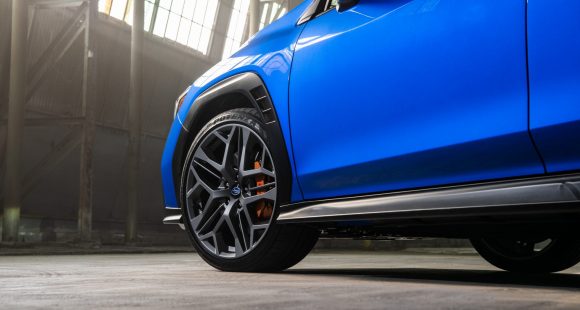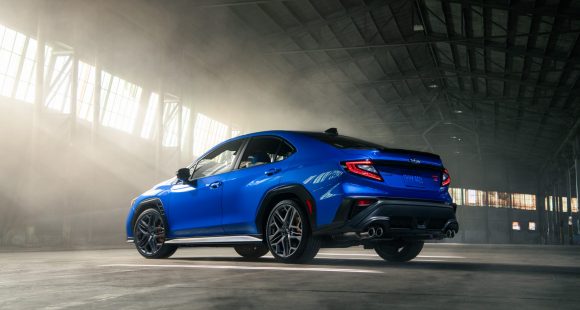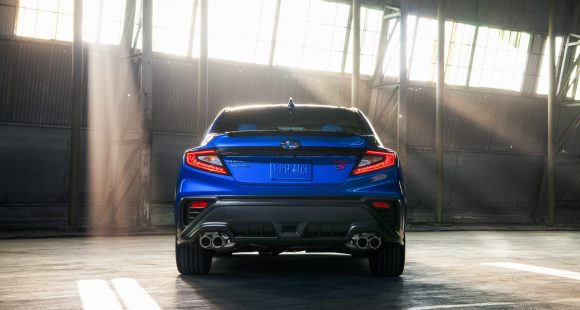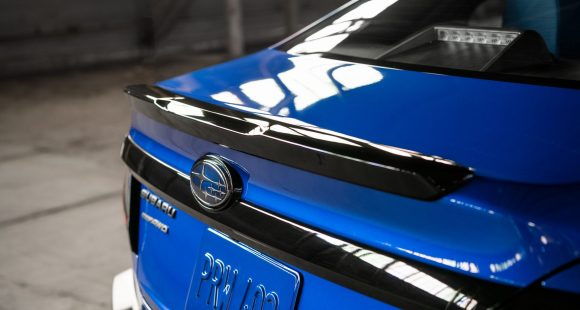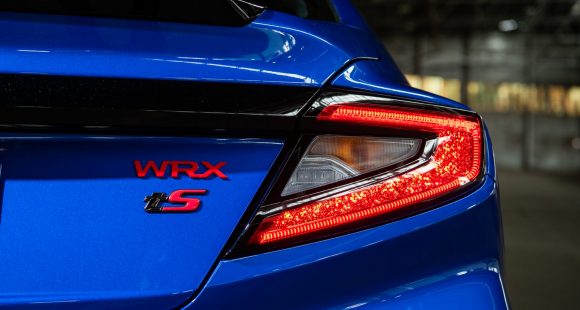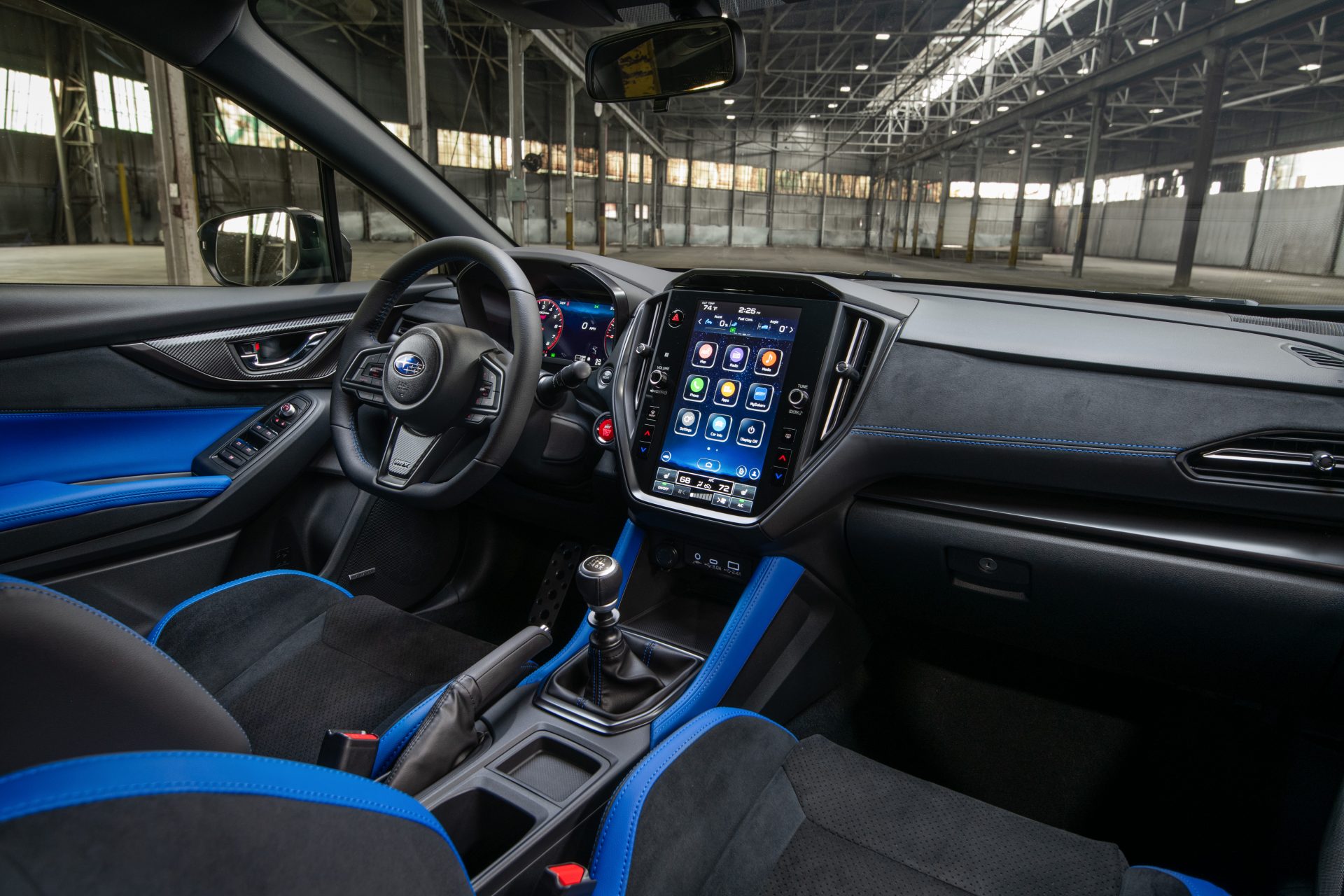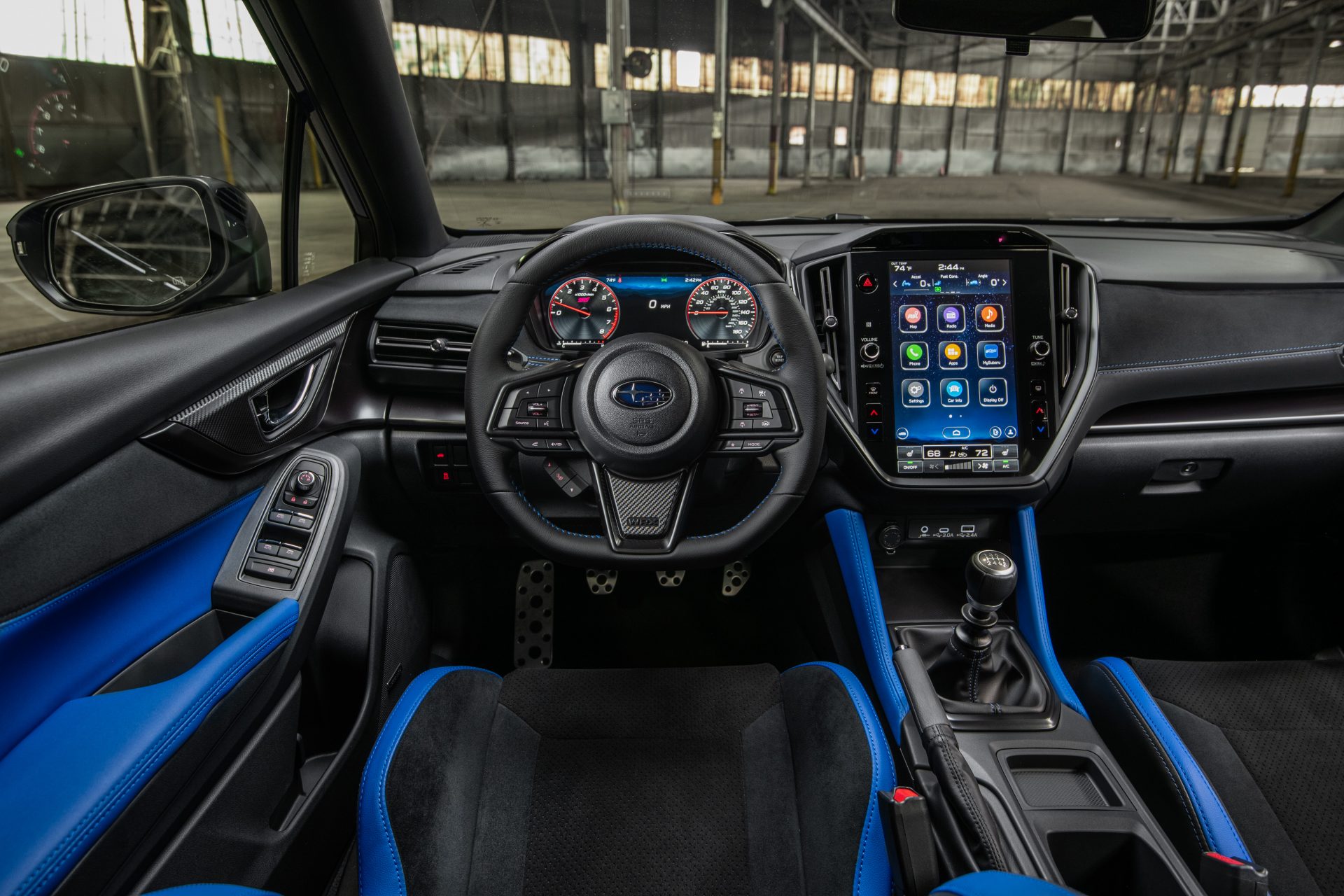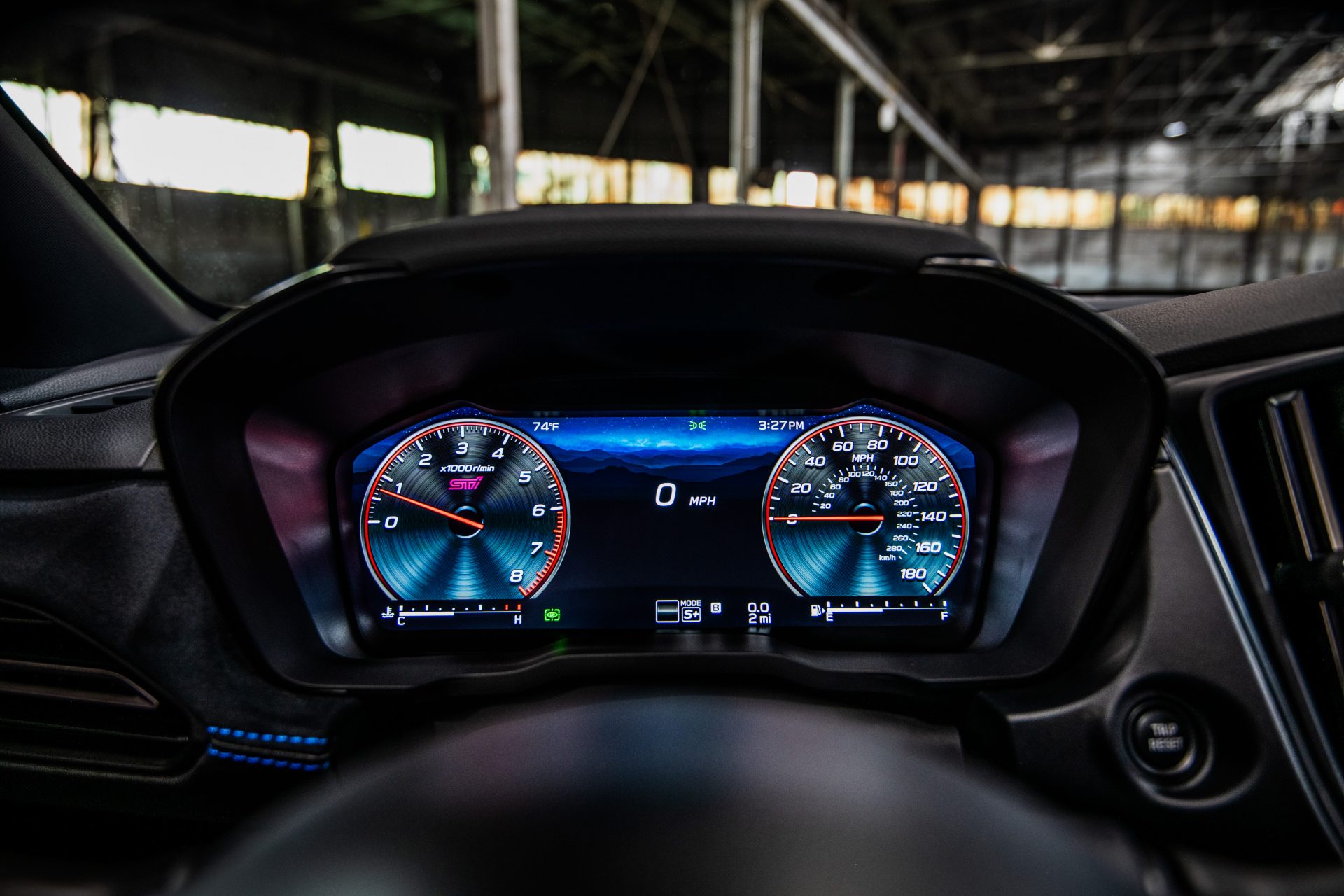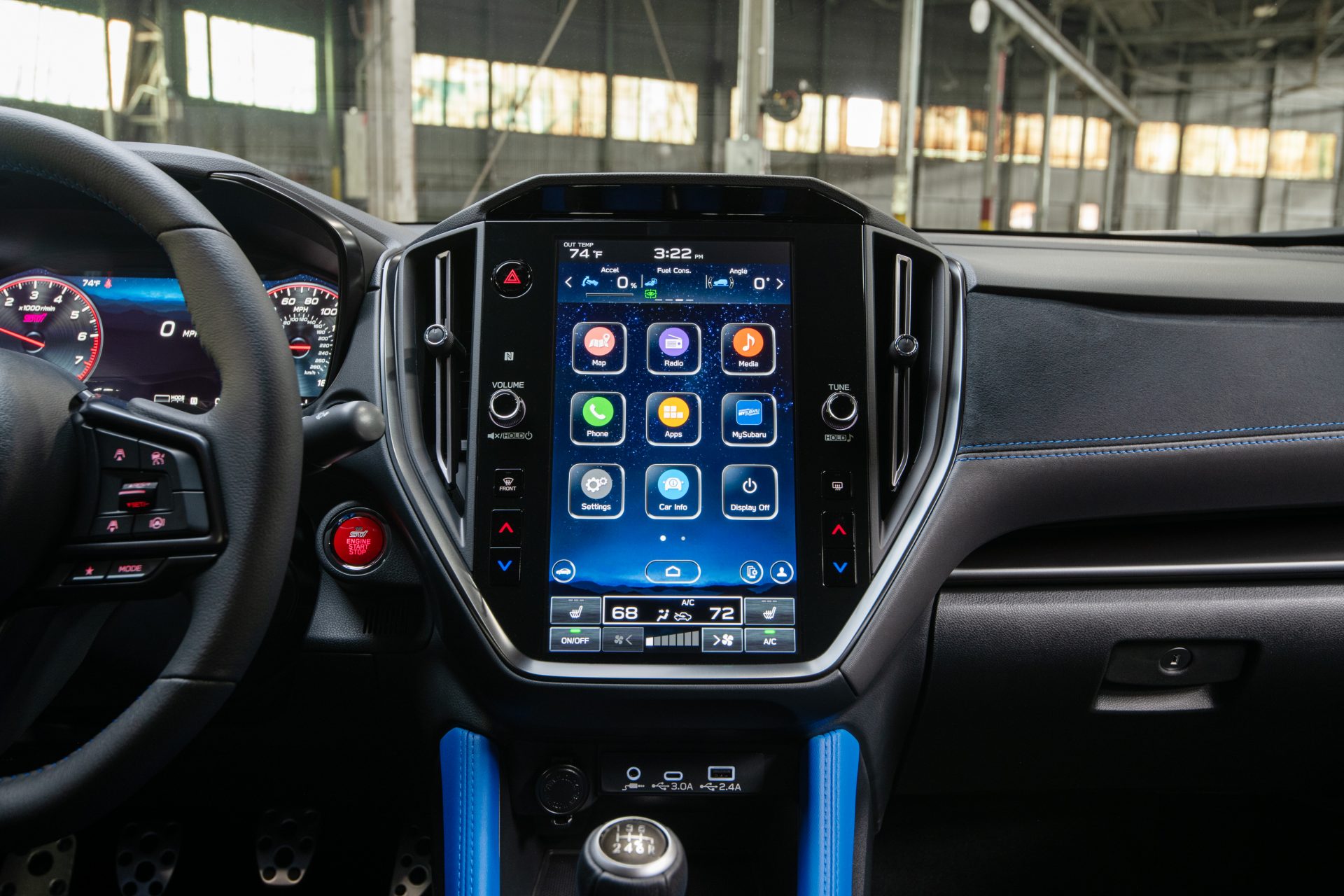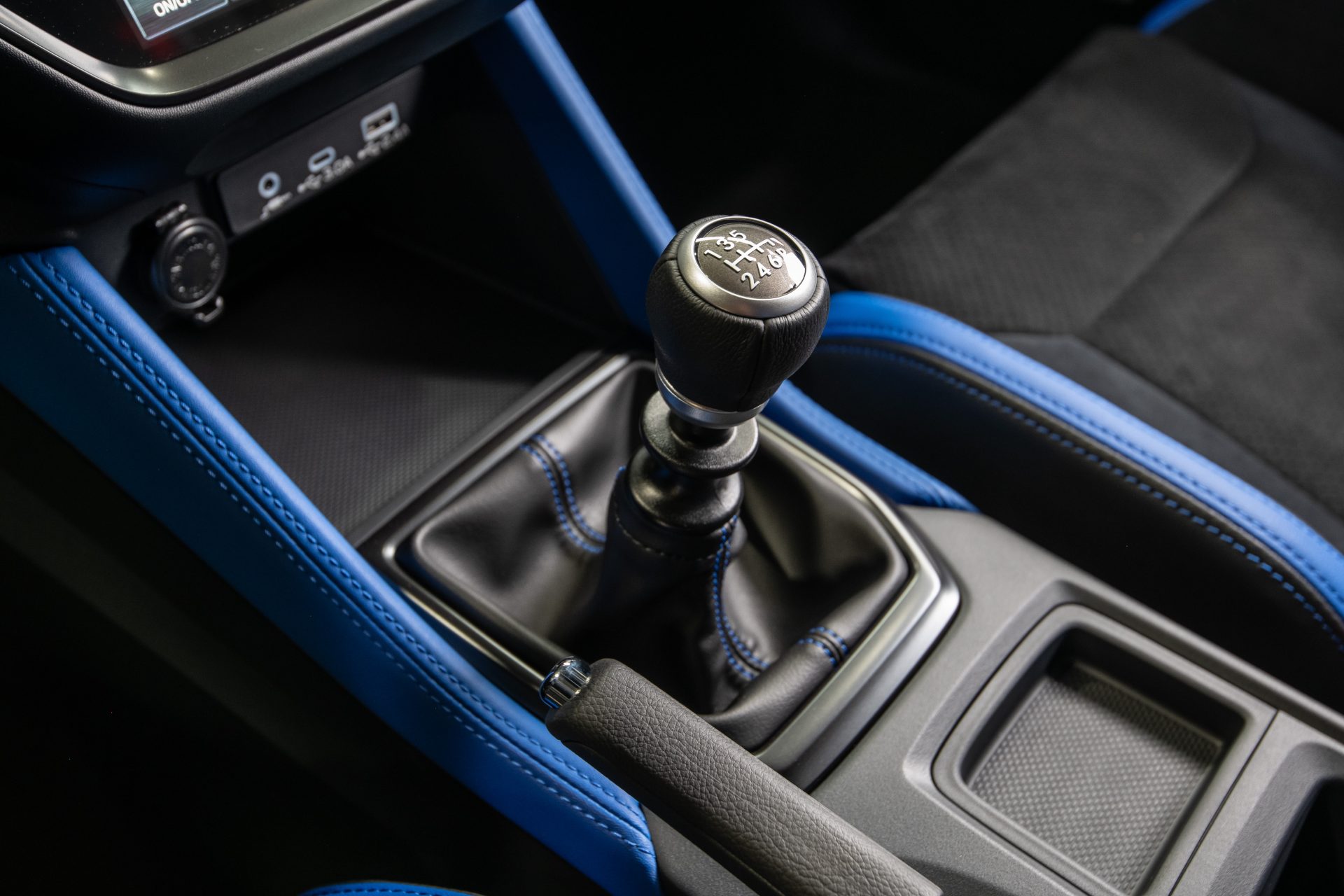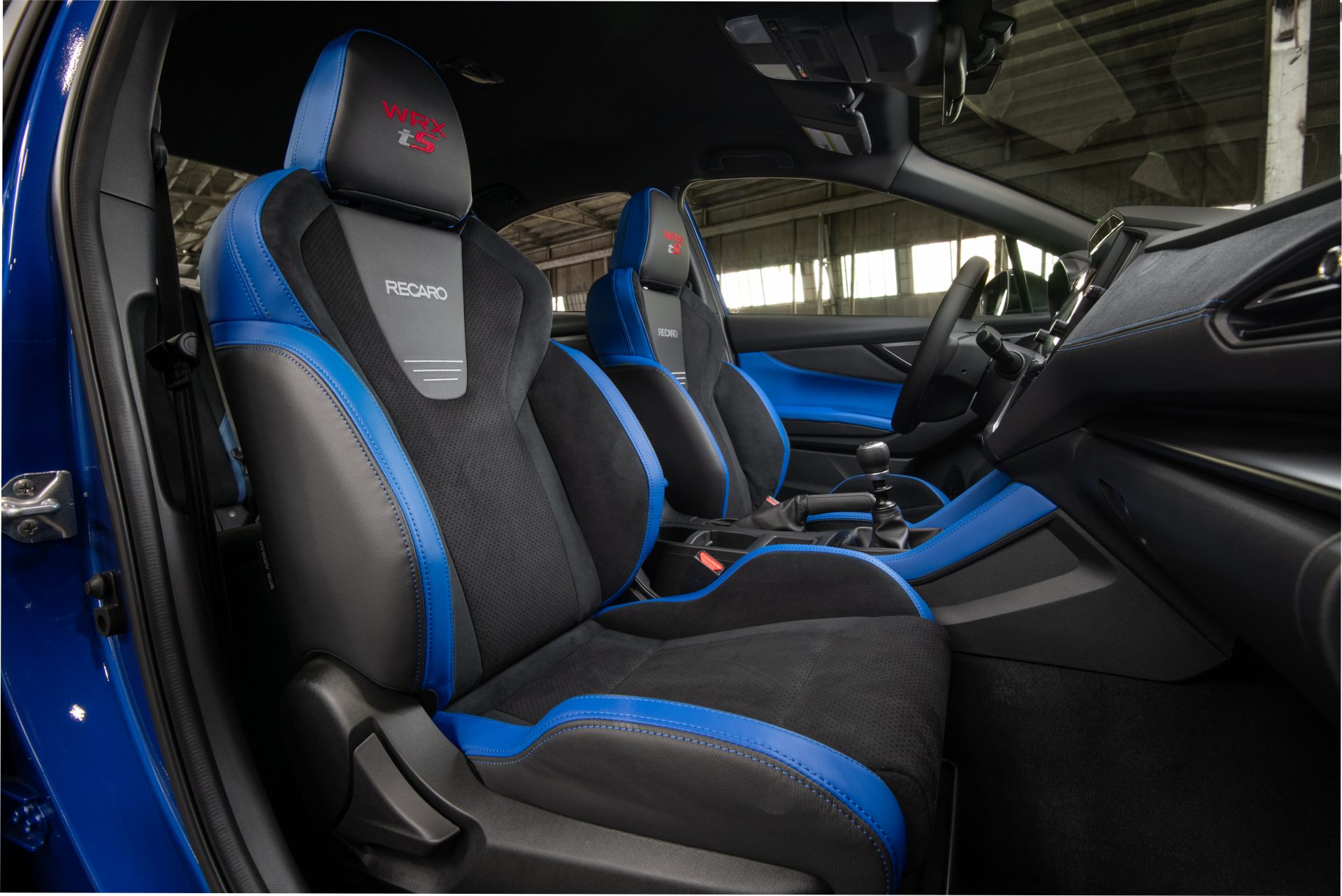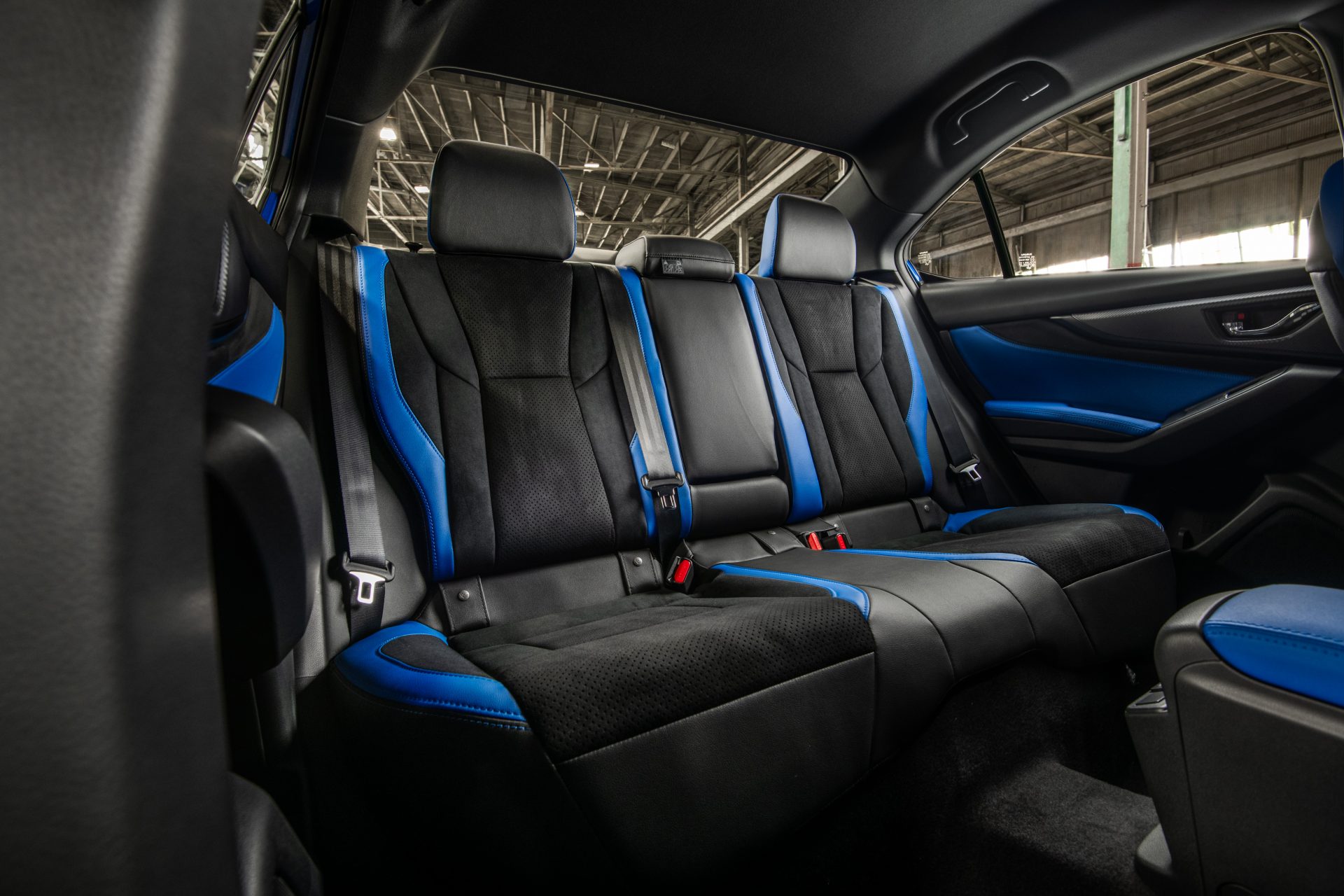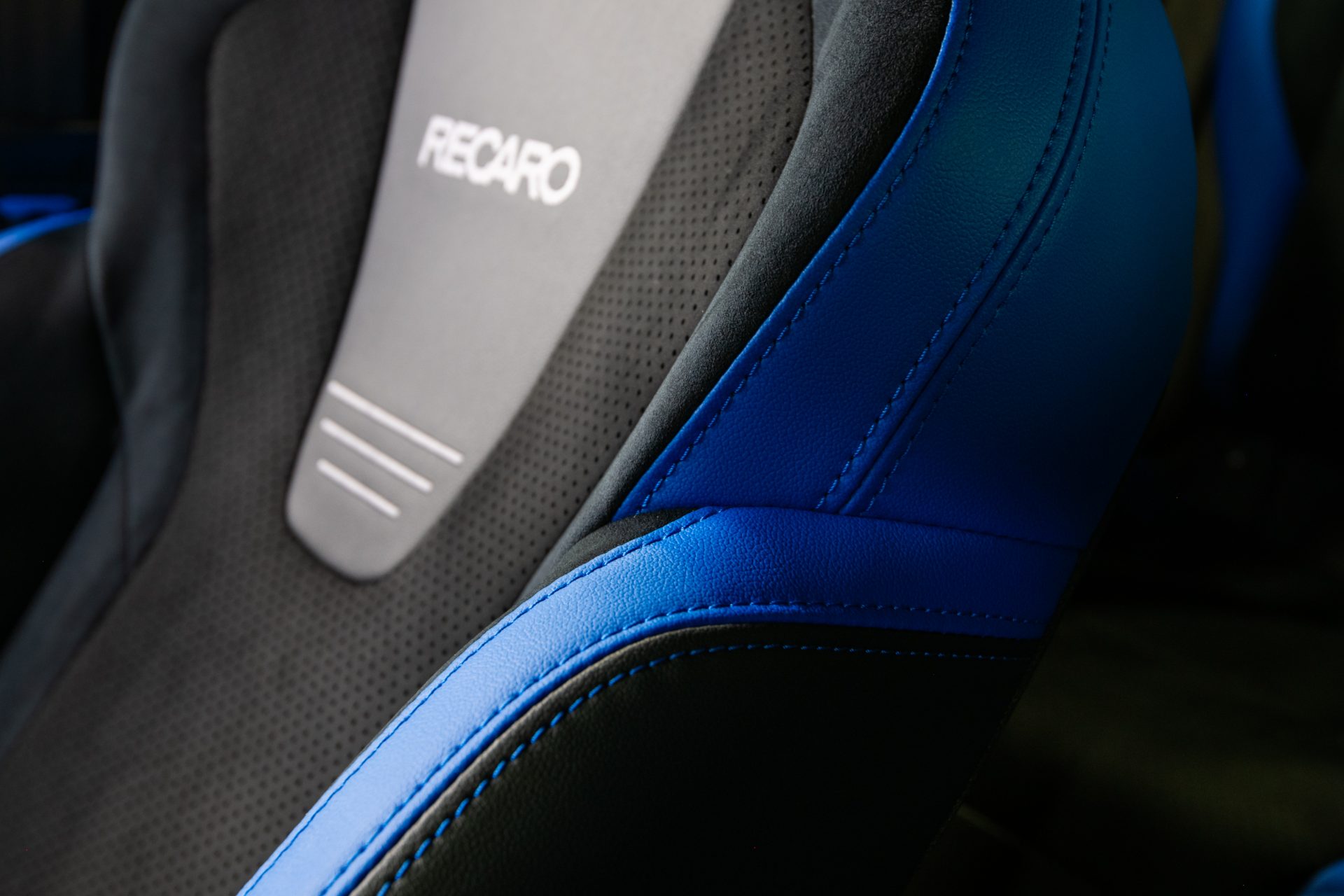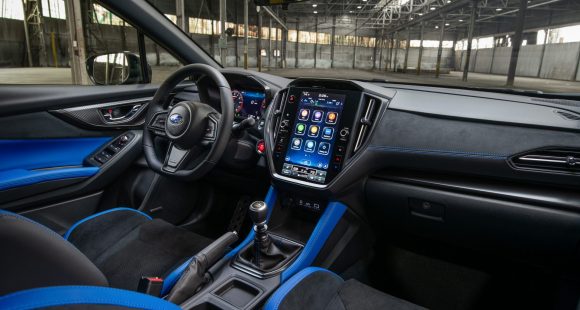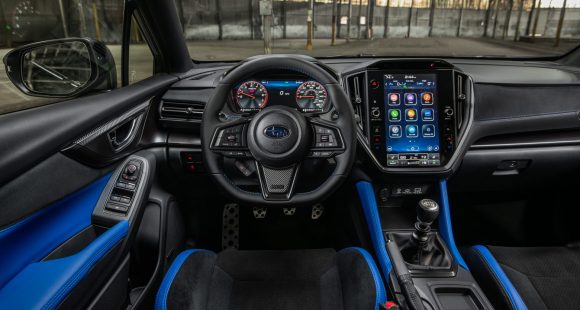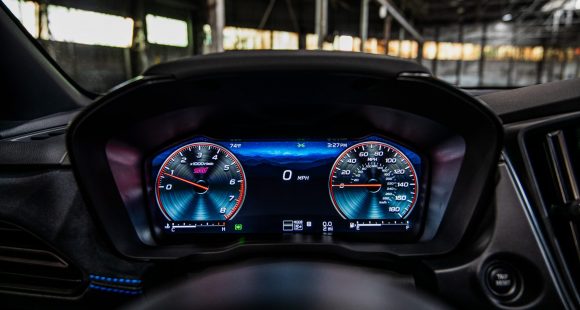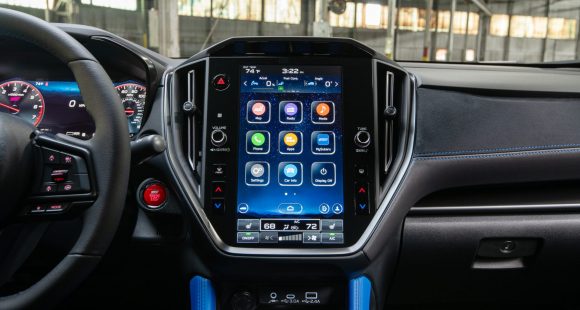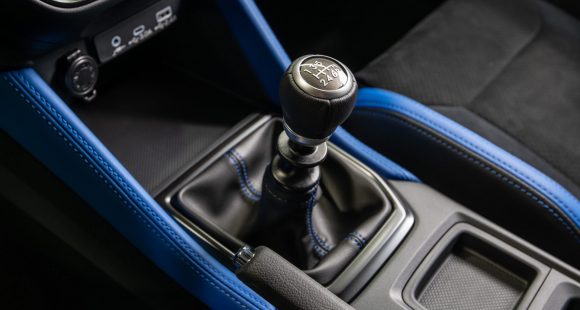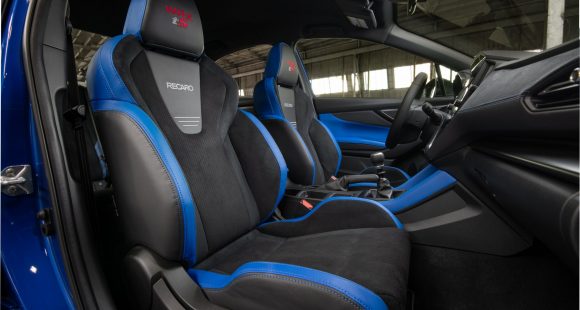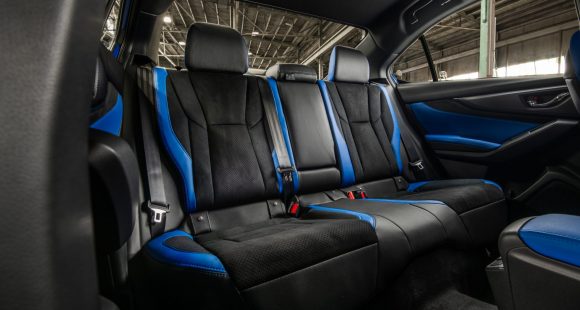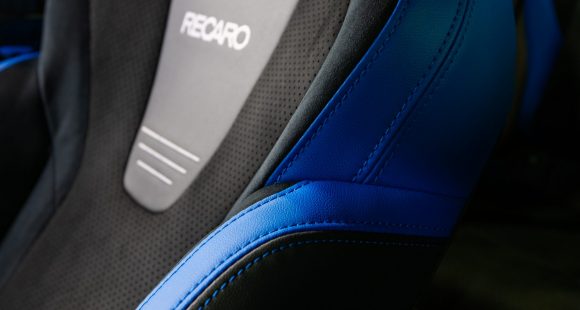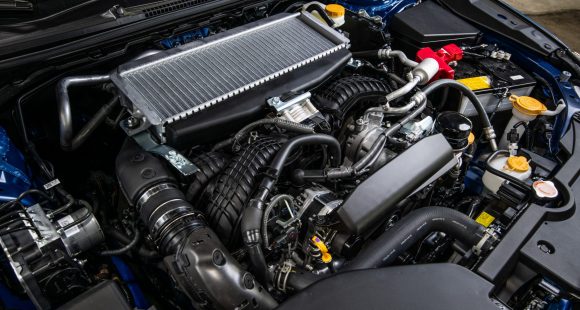2018 Mitsubishi Eclipse Cross
It was the best of times; it was the worst of times. Best, when we heard the rumor that Mitsubishi was bringing back the eclipse; worst, when we found out that wasn’t quite the case, as they’d be using that sporty name on yet another compact crossover. Let’s see if driving the new eclipse cross will put an end to our Dickensian dilemma.
Just when we weren’t too sure about what exactly was going on at Mitsubishi, now that they have aligned themselves with Nissan and Renault, we get word of this new compact crossover, the 2018 Eclipse Cross. Size-wise, it slides in between the Outlander and Outlander Sport in their lineup.
Much like the Honda CRV it would love to steal some sales from, the Eclipse Cross is tiny-turbo-powered with a 1.5-liter I4 rated at 152-horsepower, well short of the CR-Vs 190. There’s more torque, however; 184 lb-ft., compared to Honda’s 179.
Like the CR-V, the Eclipse Cross is CVT tranny only, and base ES trim is the only one available with front-wheel-drive. All other trims come with Mitsubishi’s Super All-Wheel Control all-wheel-drive.
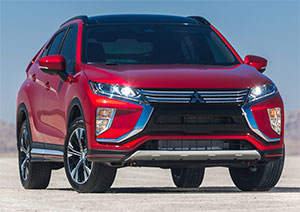 Those kind of power numbers didn’t exactly peak our anticipation for test track results. Still, the Eclipse Cross doesn’t feel underpowered by any means. It’s a little lazy at launch, but then graceful amounts of power begin pouring on, ushering you to 60 in a respectable 8.6-seconds.
Those kind of power numbers didn’t exactly peak our anticipation for test track results. Still, the Eclipse Cross doesn’t feel underpowered by any means. It’s a little lazy at launch, but then graceful amounts of power begin pouring on, ushering you to 60 in a respectable 8.6-seconds.
The CVT has simulated shifts that help things sound a little less frantic working your way down the track. That all comes to an end in 16.7-seconds at 79 miles-per-hour.
Mitsubishi had to expect some backlash, choosing to resurrect the Eclipse sport coupe’s name on a ute; so they made an earnest attempt to make corner handling worthy of the name.
But a lot of the agility comes from the all-wheel-drive system, which uses selective braking to minimize understeer. Otherwise, we’d call it firmly average; betrayed by safe and slow steering and a fair amount of body roll.
The Eclipse Cross does have all of the features you expect in the modern day compact crossover. Meaning a color multi-information display, steering wheel controls, naturally a backup camera, plus automatic climate; they’re all standard.
Our mid-level SE was outfitted quite nicely, similar to many brand’s top trim levels; and adds a host of comfort and convenience features like heated seats, push button start, and Mitsubishi Connect.
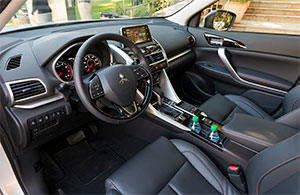 Unexpected features for this class like head-up display and multi-view camera are also available. Our SE also added advanced safety features like Blind Spot Warning and Rear Cross Traffic alert.
Unexpected features for this class like head-up display and multi-view camera are also available. Our SE also added advanced safety features like Blind Spot Warning and Rear Cross Traffic alert.
The 7-inch infotainment screen shoots out of the dash, and is controlled by a square touchpad controller on the console. There’s a definite learning curve to figure it out, and even once you do, it can be frustrating.
The Eclipse Cross launches a new Mitsubishi Connect subscription service that, in addition to the usual safety notifications, gives you remote access to your car with a cell phone app; allowing you to unlock the doors, change vehicle settings, and even set parental controls.
Seats are sufficiently comfortable, and the general pleasantness of the interior has you wanting to spend plenty of time in the cabin.
The exterior is among its best features; being rather dramatic looking for this usually appliance-like segment.
The front bares a strong resemblance to the Outlander family, and in profile the appearance favors a wedge, but yet a bit more coupish and sporty than most compact crossover rivals.
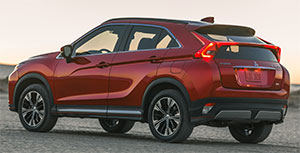 The rear is tall, with a split-glass hatch that brings to mind the Pontiac Aztec and the original Honda Insight. While you do see more outside, the split is quite distracting through the rear view mirror.
The rear is tall, with a split-glass hatch that brings to mind the Pontiac Aztec and the original Honda Insight. While you do see more outside, the split is quite distracting through the rear view mirror.
Under the hatch, is a good 22.6 cubic-ft. of cargo space; expanding to 48.9 cubic-ft. with rear seats folded.
All-wheel-drive Eclipse Cross’ have Government Fuel Economy Ratings of 25-City, 26-Highway, and 25-Combined, which we matched almost perfectly with an average of 24.9 miles-per-gallon. Earning an average Energy Impact Score, with the use of 13.2-barrels of oil yearly while emitting 5.7-tons of CO2.
The front-drive Eclipse Cross starts at $24,290, all other trims come with all-wheel-drive and top out with the SEL Touring for $31,390.
While the brand has been on a roller coaster ride here in the U.S., becoming the junior member of the Renault-Nissan-Mitsubishi Alliance has added tremendous stability. And, given that Mitsubishi has a global history of building rugged, dependable, SUVs, we think 2018 Eclipse Cross has a real chance to succeed.
True, by bringing back the Eclipse name, Mitsubishi is clearly aiming to cash in on the Eclipse Coupe’s reputation as a stylish, compact performer that delivers a lot of bang for the buck. We can see many of those same words applying to the Eclipse Cross. So, it might just be exactly what Mitsubishi needs to stay relevant, as they continue to rebuild the brand here and around the world.
Specifications
- Horsepower: 152
- Torque: 184 lb-ft.
- 0-60 mph: 8.6 seconds
- 1/4 mile: 16.7 seconds @79 mph
- EPA: 25 mpg city / 26 mpg highway
- Energy Impact: 13.2 barrels of oil/yr
- CO2 Emissions: 5.7 tons/yr
2025 Subaru WRX tS
Subaru’s “World Rally eXperimental” Gets Tecnica-Tuned Tech
Building on its global rally heritage, WRX has been a standalone Subaru nameplate, marketed separately from garden variety Impreza, for two generations now. And while the current WRX still lacks the full STI treatment, this WRX tS serves up some of that high-performance spice we’ve been longing for.
Before we go flat out into our Track Test of this 2025 Subaru WRX tS, lets open the Subaru dictionary so we’re all on the same page. “tS” stands for “tuned by STI;” and “STI” is an acronym for “Subaru Tecnica International,” the brand’s high-performance sub-group best known for upgrading the WRX— oh, that stands for “World Rally eXperimental,” in case you didn’t know.
All that said, STI has been largely dormant for this WRX generation, but this tS sprinkles more of their engineering magic into the mix. No, that doesn’t mean extra power, but does mean significant chassis-related improvements.
First, electronically controlled dampers, adjustable through the 11.6-inch tablet-style infotainment screen. That meant a softer “comfort” mode on the 10+ hour commute to and from Savannah’s Roebling Road Raceway. But once we were there, it was the firmer “Sport+” setting all the way, heightening response from the WRX’s throttle and already quick dual-pinion power steering system. There’s still some body roll for rally-esque weight transfer, but it’s well sorted and provides the “toss-ability” you want in a WRX.
Though if you do autocross your tS, which we implore you to do, you might feel the six-piston front, two-piston rear Brembo brakes first. The bite is strong, giving good rotation in the corners and plenty of “halt” for this 3,400 lb. compact with minimal fade, keeping us on track all week…until some unfortunate winter weather passed overhead. No worries here, as Subaru’s Symmetrical All-Wheel-Drive system got us to the track for some powdered deserts: Frosted donuts served up Michelin style, a set of winter tires different from the grippy Bridgestone Potenza S007 rubber the tS typically rides on. Some prior hot laps of California’s Sonoma Raceway gave credence to those Bridgestones, and showed us what this hot-compact can do in ideal conditions.
It’s well sorted and provides the “toss-ability” you want in a WRX.
Other tS enhancements are cabin-based, namely these beautiful blue Recaros. Most of our staff appreciated their moderately-aggressive bolstering on both street and track. And they’re even heated, too. Another tS-only appointment is this 12.3-inch digital gauge display. It mimics the standard analog gauges with some additional info, but can switch to a navigation mode for more convenient route guidance.
We do wish our tS came in the new Galaxy Purple or the trademark World Rally Blue, but this Crystal White paint wasn’t too shabby, contrasting its Cherry Blossom Red badging and blacked-out lip spoiler. Otherwise, the tS is like any other WRX, down to the hood scoop funneling air to the top-mounted intercooler.
Underneath is the same turbocharged 2.4-liter flat-four in all other trims, boxing at 271 horsepower and 258 lb-ft of torque. The freak winter weather stopped straight-line testing, but a 0-60 time estimate of 5.5 seconds is about as spry as you realistically need, pulling strong through most of the tach; though the 6,000 RPM redline required attentive shifting of the six-speed box, which the tS comes exclusively with. The throws are precise, if a little long, and the clutch is wonderfully weighted.
With discontinuation of the Base trim, pricing for the WRX now starts with Premium at $36,920. The tS is at the top of the lineup with the automatic-only GT, both starting at $46,875. All WRXs continue to be made in Gunma, Japan.
If you’re an enthusiast itching to do the tuning yourself, perhaps the 2025 Subaru WRX tS is not for you. But if you want a plug-and-play experience, this is it. While it won’t exactly bestow the loose-cannon, top-level driving skills exhibited by famous WRC drivers upon you, the tS moves this WRX’s game in a direction we’ve so desperately wanted Subaru to take.
Specifications
As Tested
- Engine: 2.4-liter flat-four
- Tranmission: 6-speed manual
- Horsepower: 271
- Torque: 258 lb-ft







